Installing junction boxes allows users to cover electrical wiring systems, provide security against electrical risks, and create connections. It is simpler to send power or signals to various fixtures or equipment because this is the central location where cables from many circuits meet.
Safe electrical connections, code compliance, and other advantages are guaranteed by proper installation.
Installing a Junction Box: A Guide

Determine the required wiring lengths and the locations of the light fixtures and switches.
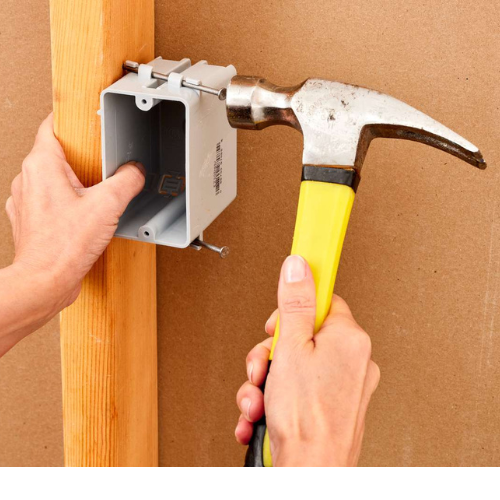
Installing the junction box firmly on the wall or ceiling will ensure that it is both accessible and compliant with electrical codes.

Enough slack should be left for connections as you run the electrical wires from the main power source to the junction box position.

After removing the insulation from the wires, join the matching wires with wire nuts.

Tuck the wires neatly into the junction box after tightening the wire nuts onto the connections.
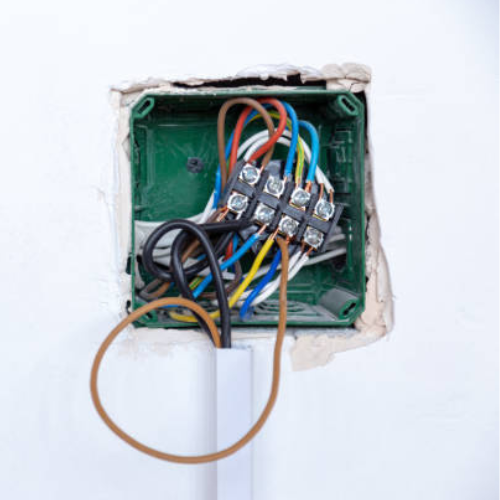
As directed by the manufacturer, install the light fixtures in the indicated locations.
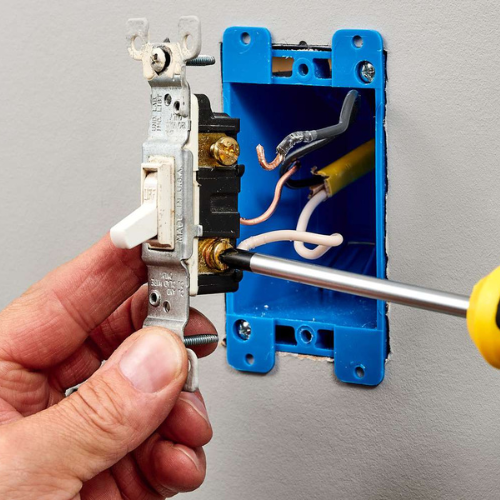
Install the switches at handy spots and connect them to the correct wires within the junction box.

To make sure all the lights and switches are working properly, turn on the power and give them a test.
Installing Junction Box Offers Several Advantages

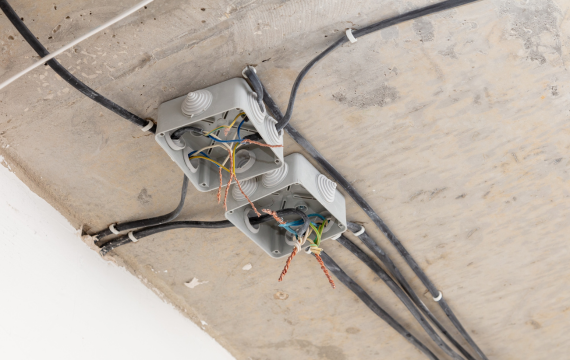
Safety:
In doing so, the installation becomes safer for both property and occupants by reducing the risk of electrical shocks and fires.
Protection:
This is especially crucial in hostile or outdoor settings, where exposure to the elements may deteriorate safety or damage the wiring.
Organization:
Junction boxes facilitate hierarchical electrical connection organization, which makes maintenance and troubleshooting tasks for electricians easier.
Code Compliance:
Installers can prevent possible fines or penalties for non-compliance by ensuring compliance with these criteria by employing junction boxes.
Facilitates Expansion:
If more wires are needed, they can be securely attached inside the box without needing major changes to the current configuration or expensive rewiring.
Prevents Wire Damage:
As a result, there is a lower chance of malfunctions or short circuits and the electrical system will remain intact over time.
Enhances Aesthetics:
In homes and businesses where aesthetics are valued, this is especially advantageous.
Facilitates Troubleshooting:
By allowing electricians to examine the connections inside the box to check for errors or irregularities, the troubleshooting process can be streamlined.
Supports Different Wiring Methods:
This adaptability enables the use of various wiring kinds based on the installation’s particular needs.
Longevity:
Junction boxes contribute to the longevity of electrical components by reducing their exposure to outside influences and the requirement for regular maintenance or replacements.
Common Locations for Installing Junction Boxes
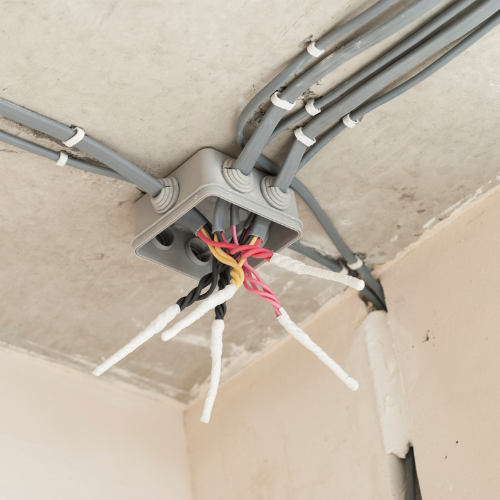
- Ceiling-mounted junction boxes are frequently used to provide electrical connections for ceiling fans, overhead lighting fixtures, and networked lighting systems.
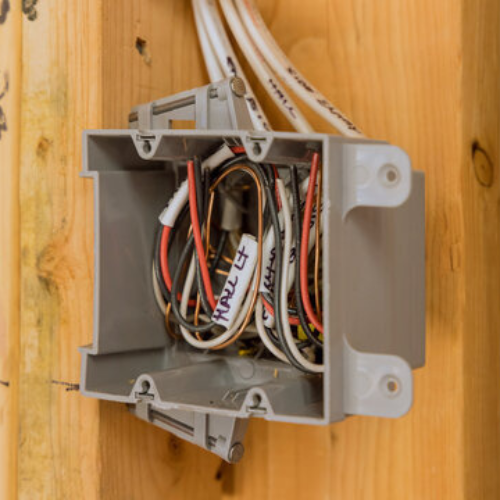
- To connect light fixtures, switches, and outlets, junction boxes are frequently mounted inside walls.
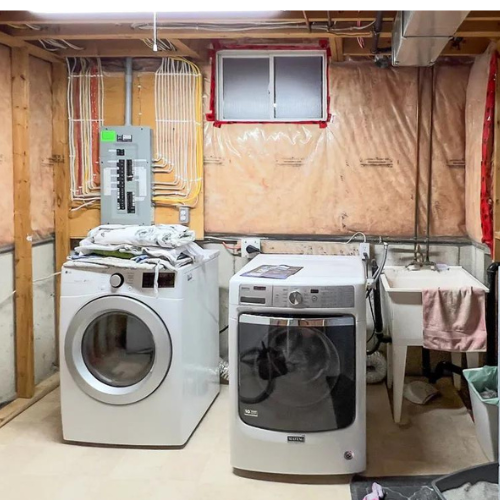
- Junction boxes are typically placed in service closets, utility rooms, or basements of both residential and commercial structures.
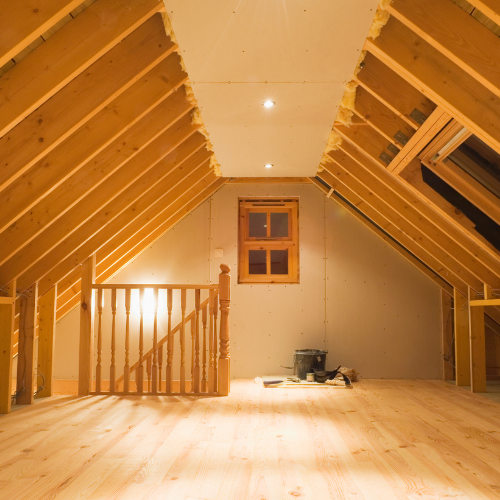
- Another typical site for junction boxes is an attic, particularly when running wire from the main service panel to other parts of the structure.
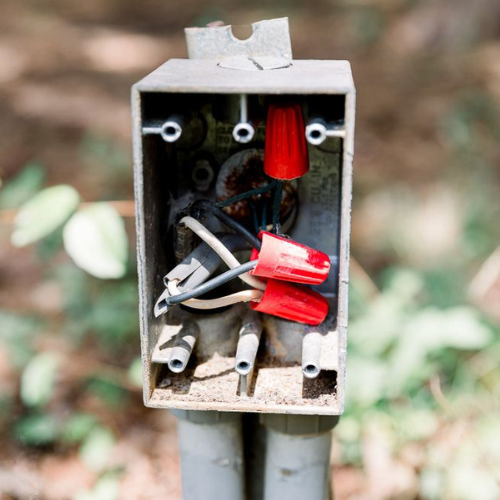
To provide electrical connections for outdoor lighting, security cameras, landscape elements, or power outlets, waterproof junction boxes are placed outdoors.
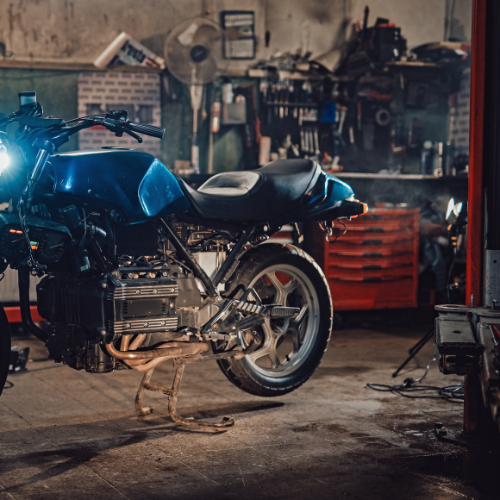
- To accommodate electrical outlets for power tools, lighting fixtures, and garage door openers, junction boxes are frequently built in garages and workshops.
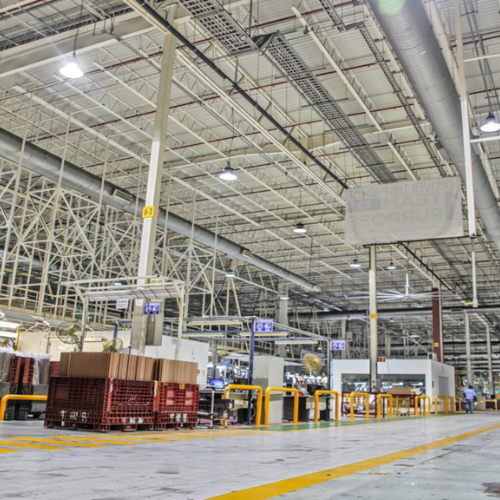
- Junction boxes are placed in commercial and industrial settings in a variety of places, including manufacturing plants, retail stores, and warehouses.
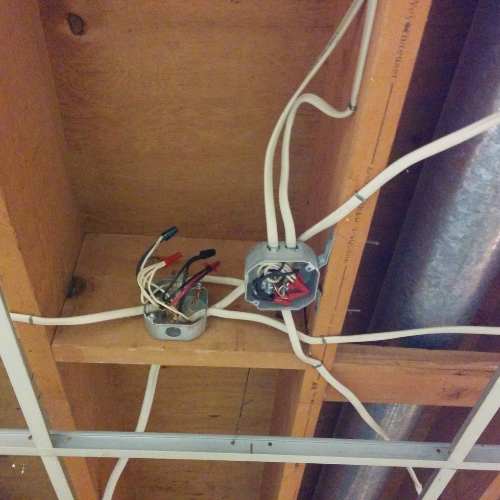
- To conceal wiring connections, junction boxes can be positioned under flooring, behind walls, or inside fake ceilings.
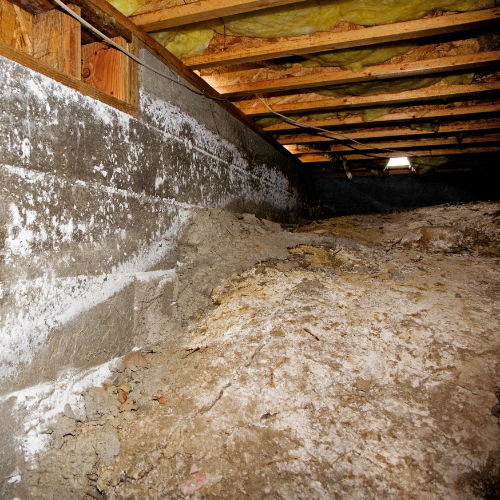
- For fixtures or outlets situated above crawl areas, like those in bathrooms or kitchens, junction boxes can be put in structures having them to make electrical connections easier.
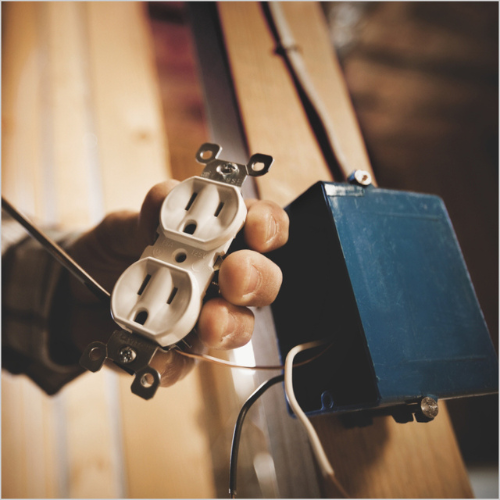
- Appliances like stoves, refrigerators, and washing machines often have junction boxes put behind electrical outlets to offer a safe place for the power cord to connect.
When selecting the right size, it’s crucial to carefully consider the electrical regulations and requirements in your area.
A voltage tester, a flathead, wire cutters/strippers, and possibly a drill are typical installation tools, especially if the junction box is going to be installed on a surface.
It is possible to install junction boxes outside, but you need to select weatherproof or outdoor-rated boxes that can tolerate exposure to dust, moisture, and other elements of the environment.
Yes, without a doubt. Before handling any electrical wiring, make sure the circuit is always off.



